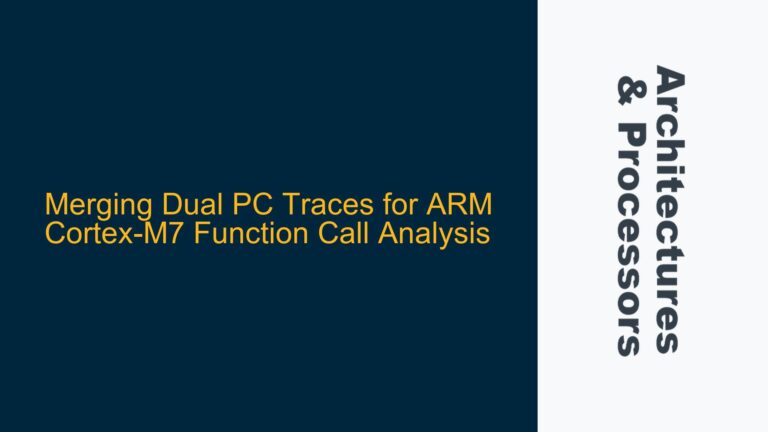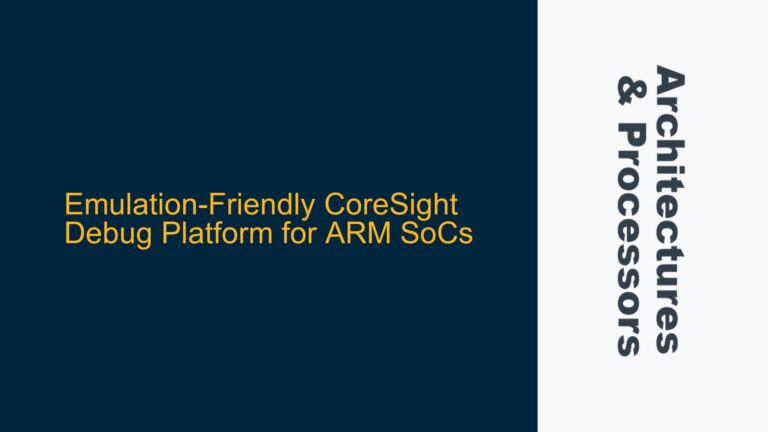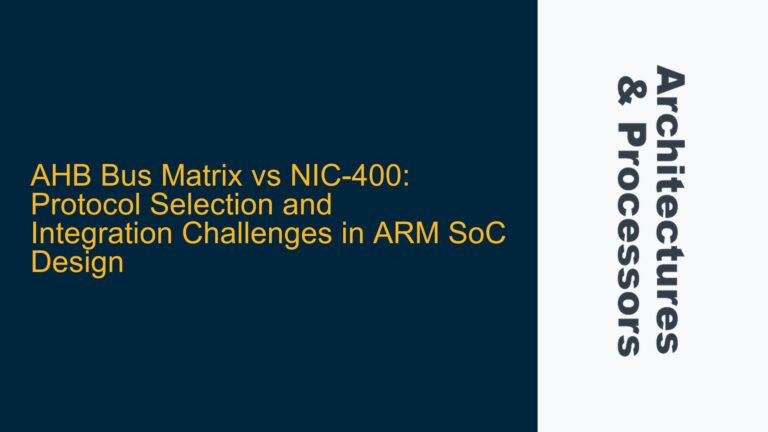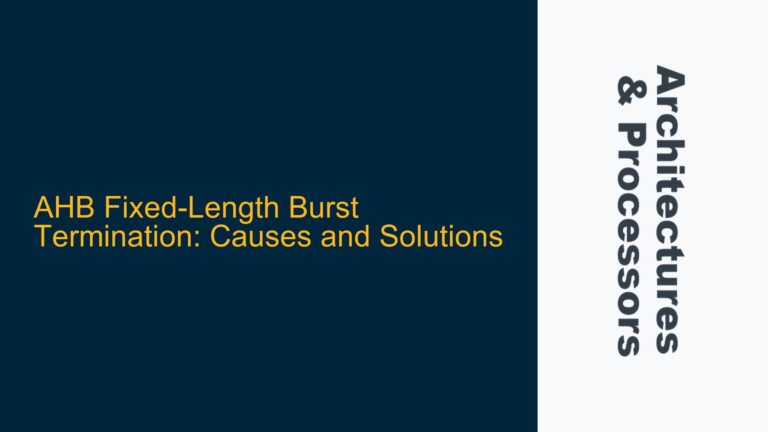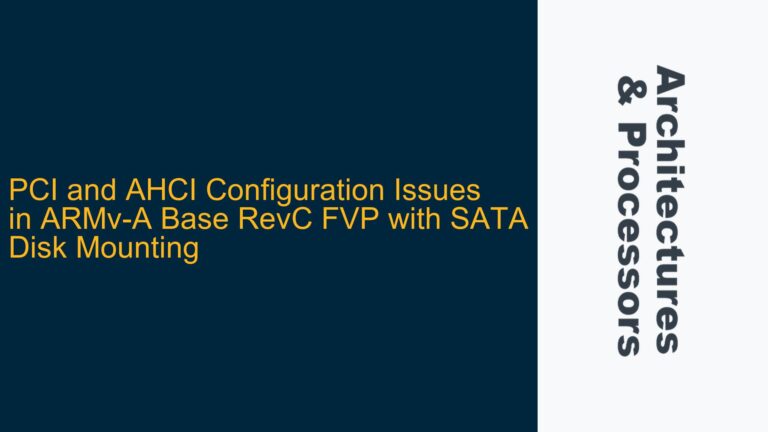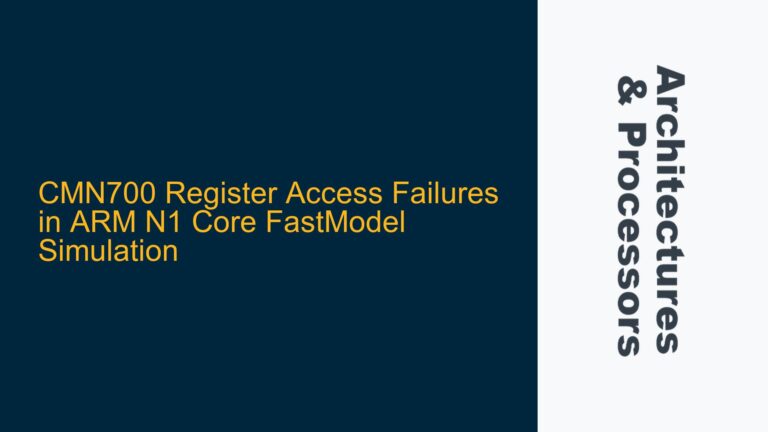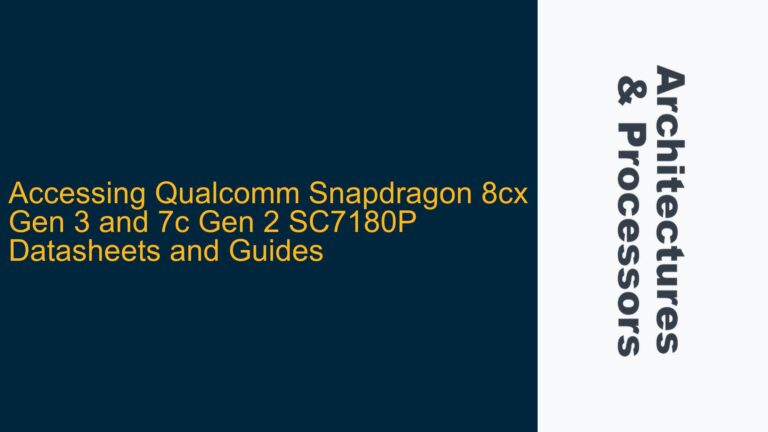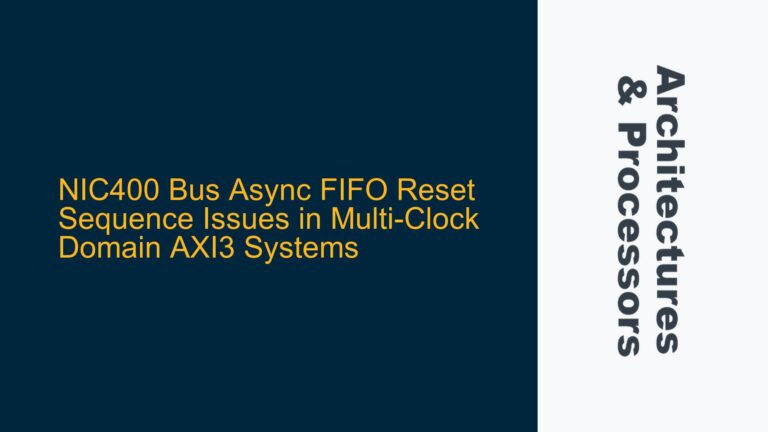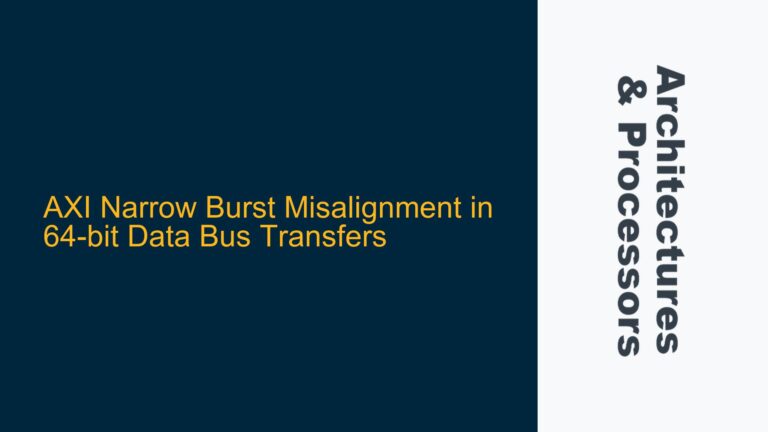Merging Dual PC Traces for ARM Cortex-M7 Function Call Analysis
ARM Cortex-M7 Dual PC Trace Synchronization Challenges The ARM Cortex-M7 processor, with its dual-issue superscalar pipeline, can execute two instructions simultaneously under certain conditions. This capability introduces complexity when analyzing Program Counter (PC) traces, especially when attempting to map execution flow to disassembled code and identify function call boundaries. The dual PC traces, PC0 and…
